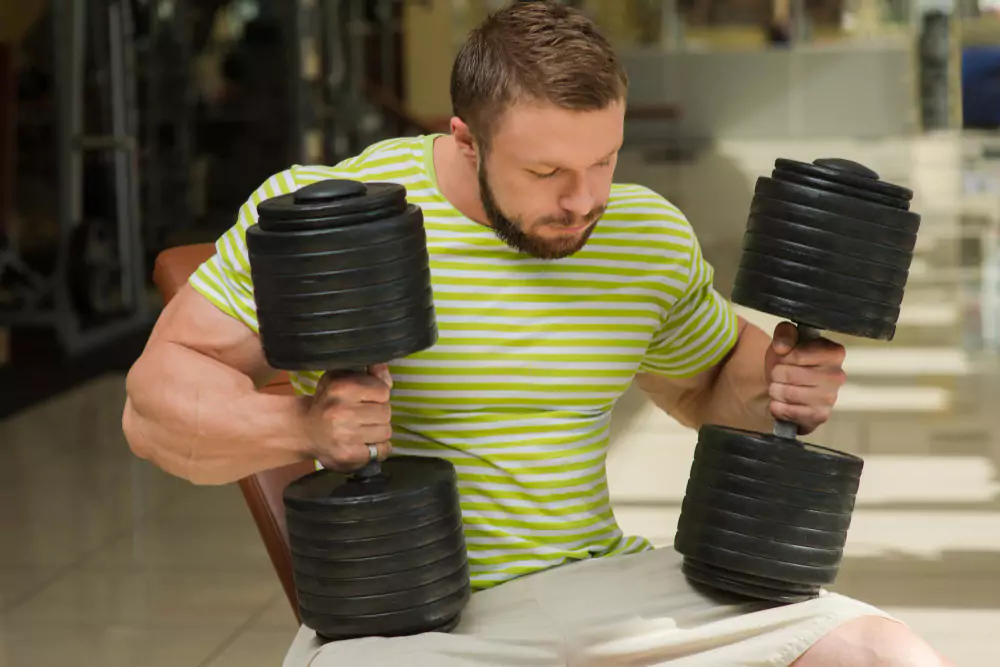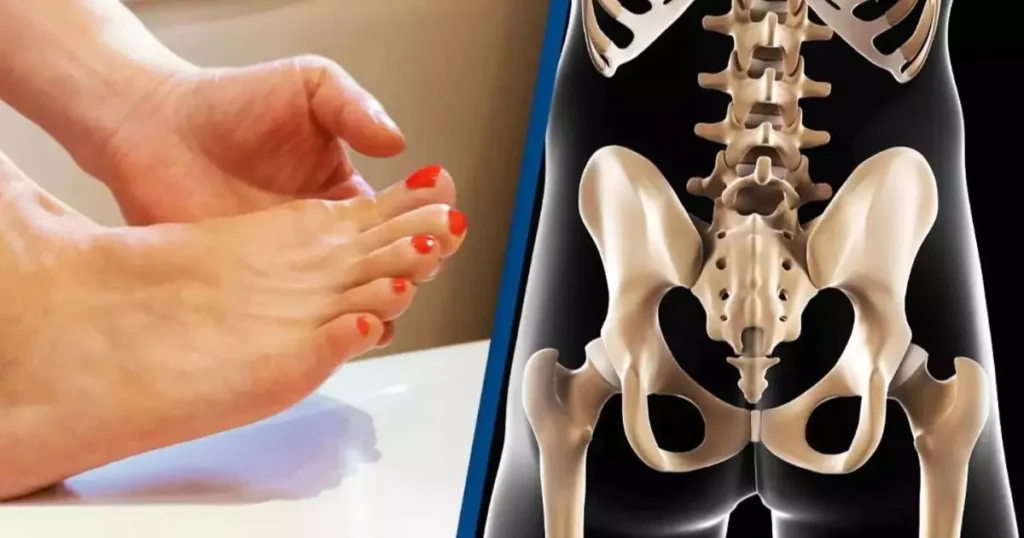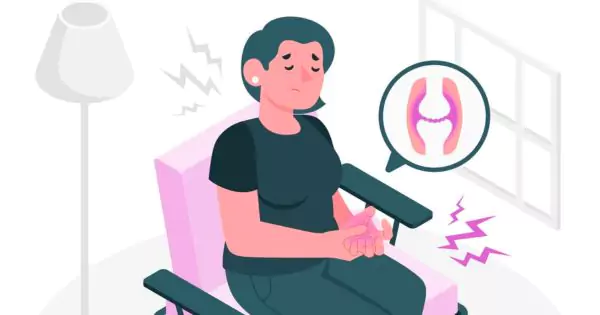
Fail This Simple Grip Strength Test? Health Experts Warn It Could Shorten Your Lifespan
In recent years, the concept of longevity has gained increasing attention, with numerous experts weighing in on the factors that can impact how long we live. One simple yet powerful test that could provide insight into your long-term health is the grip strength test. While it may seem surprising, failing this test could indicate higher risks of chronic illness and even early mortality.
The Grip Strength Test: What Is It and Why Does It Matter?
The grip strength test is a straightforward way to measure how strong your hands and forearms are. However, the significance of this test goes far beyond simple hand strength. According to nutrition expert Ed Jones, who discussed the test on his Nutrition World Podcast, grip strength can be a strong predictor of overall health, aging, and the likelihood of early mortality.
Jones references the work of Dr. Peter Attia, a leading expert in longevity medicine, who has emphasized that weak grip strength is often linked to faster aging and higher risks of chronic diseases. In fact, Jones explained, “If you can’t hold a dumbbell that’s three-fourths of your body weight for one minute, you will die earlier than you would if you were stronger.”
This may sound alarming, but the science supports this claim. Grip strength reflects the overall strength and resilience of your body, and weak grip strength has been linked to several health risks, including cardiovascular disease, respiratory illness, and frailty.
What Does the Grip Strength Test Reveal About Your Health?
Grip strength is considered an easy-to-measure indicator of your body’s overall muscle function. But why does it matter so much?
1. Cardiovascular Health:
Studies show that grip strength is a reliable marker of cardiovascular health. A weaker grip may indicate that your heart and circulatory system are not functioning optimally, putting you at greater risk of heart disease and stroke.
2. Respiratory Function:
Weaker grip strength is associated with poorer lung function. This can lead to respiratory conditions like chronic obstructive pulmonary disease (COPD) or other breathing difficulties as you age.
3. Immunity and Disease Recovery:
According to Dr. Ardeshir Hashmi, MD, a geriatric specialist with Cleveland Clinic, grip strength also correlates with immune function. People with stronger grip strength are better able to recover from illness and have stronger immune systems overall. Dr. Hashmi adds, “Having good grip strength can slow the process of immunosenescence, or the decline in immune defense associated with aging.”
4. Muscle Health and Aging:
Grip strength is also a marker of muscle health and frailty. Individuals with stronger grip strength tend to have better muscle function and are less likely to experience falls, fractures, or loss of mobility. In contrast, a decline in grip strength can signal the onset of frailty, particularly in people over the age of 50.
How to Perform the Grip Strength Test at Home

One of the benefits of the grip strength test is that it’s easy to perform at home with minimal equipment. Here’s how you can test your grip strength:
- Gather Equipment:
You’ll need a pair of dumbbells or weights that are equivalent to about three-fourths of your body weight. For example, if you weigh 160 pounds, your dumbbells should weigh approximately 120 pounds. - Hold the Dumbbells:
Grip the dumbbells in both hands. Stand upright and try to hold the weights for a full minute without dropping them. - Evaluate Your Grip:
If you can hold the dumbbells for the entire minute, your grip strength is in a healthy range. If you struggle or can’t complete the test, this could be an indication that you need to work on your strength.
When Does Grip Strength Decline Naturally?
As we age, it’s normal for grip strength to decline, typically beginning around the age of 50. This decline is part of the natural aging process and can be accelerated by factors such as a sedentary lifestyle or poor diet. However, Dr. Hashmi notes that it’s possible to maintain or even improve grip strength with consistent effort. Engaging in exercises that build hand and forearm strength can help slow the aging process and reduce the risk of chronic illness.
Exercises to Improve Grip Strength
If you discover that your grip strength isn’t where it should be, there’s good news: You can improve it through simple exercises. Below are some of the best exercises for building grip strength:
- Squeeze a Squash Ball:
Dr. Hashmi suggests squeezing a squash ball or stress ball for 10 minutes each day. This exercise helps strengthen the muscles in your hands and forearms without placing undue stress on your joints. - Farmer’s Walk:
Hold a dumbbell in each hand, with arms fully extended, and walk a short distance (20-30 meters) while maintaining your grip. This exercise targets the forearm muscles and also strengthens your core and shoulders. - Deadlifts:
Deadlifting with proper form engages your entire body, particularly your grip, as you hold onto the barbell. Start with a lighter weight and gradually increase the load as your grip strengthens. - Pull-Ups:
Pull-ups are another excellent exercise for building grip strength, as they require you to hold onto a bar and support your full body weight. - Wrist Curls:
Using a light dumbbell, perform wrist curls to target the forearms. Hold the dumbbell in one hand, rest your forearm on a flat surface, and curl your wrist upward.
Precautions to Take When Strengthening Your Grip
As with any form of exercise, it’s essential to take precautions to avoid injury:
- Start Slowly:
If your grip strength is weak, don’t attempt to lift heavy weights immediately. Gradually increase the weight and duration of your exercises. - Focus on Form:
Maintain proper form when performing exercises like deadlifts and pull-ups. Improper form can lead to strain or injury. - Don’t Overdo It:
Grip training can be taxing on the muscles and joints in your hands and wrists. Give your muscles time to recover by incorporating rest days into your routine.
Other Lifestyle Factors That Affect Longevity
Beyond grip strength, other factors play a critical role in your long-term health. According to experts, maintaining a balanced diet, staying active, and getting adequate sleep are essential for longevity. Dr. Hashmi advises incorporating weight-bearing exercises into your routine and ensuring you get at least 10 minutes of physical activity per day.
Additionally, a healthy diet rich in protein, vitamins, and antioxidants can help preserve muscle mass and protect against chronic diseases. Don’t underestimate the importance of sleep, either—restorative sleep is essential for maintaining immune function, cognitive health, and muscle recovery.
Don’t Underestimate the Power of Grip Strength
While it may seem simple, the grip strength test is a powerful indicator of overall health and longevity. Whether you’re in your 30s or approaching 50, maintaining strong muscles through regular strength training can help slow the aging process and reduce your risk of chronic diseases. Take the grip strength test today, start improving your strength, and take proactive steps toward a longer, healthier life.
Your grip strength can reveal a lot about your health, but the good news is that you can improve it. Start by performing the grip strength test at home and incorporate strength-building exercises into your routine. For more tips on maintaining long-term health and fitness, subscribe to our newsletter and stay informed on the latest in longevity research.

























































































































